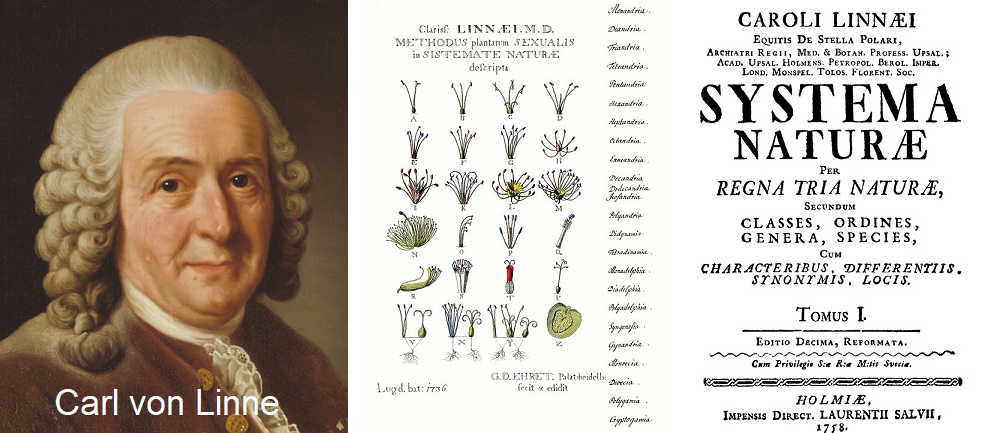The Swedish botanist Carl von Linné (1707-1778) developed the foundations of modern taxonomy and introduced the term species into biological classification. In his two-volume work "Species Plantarum" published in 1753, he described all known plants on Earth in approximately 1,200 pages, covering around 7,300 species. Among others, the plant genus Vitis (grapevine) was described here for the first time. Together with the work "Systema Naturæ" published in 1758, which includes the six levels: kingdom, class, order, genus, species, and variety, the scientific nomenclature used today in botany and zoology was established.

However, Linné's system did not yet include all the categories or levels commonly used today. These are not always applied to all plants or animals. The respective usage depends on how complex the respective units are. The three main categories that are almost always mentioned are family (familia) - genus (genus) - species (species). Each category can be further divided into "sub-levels" (sub) and a "super-level" (super) can be created. See an example of a three-level classification in the table below under division (divisio) into superdivision, division, and subdivision.
Voices of our members

The wein.plus encyclopaedia is a comprehensive, well-researched reference work. Available anytime and anywhere, it has become an indispensable part of teaching, used by students and myself alike. Highly recommended!
Dominik Trick
Technischer Lehrer, staatl. geprüfter Sommelier, Hotelfachschule Heidelberg